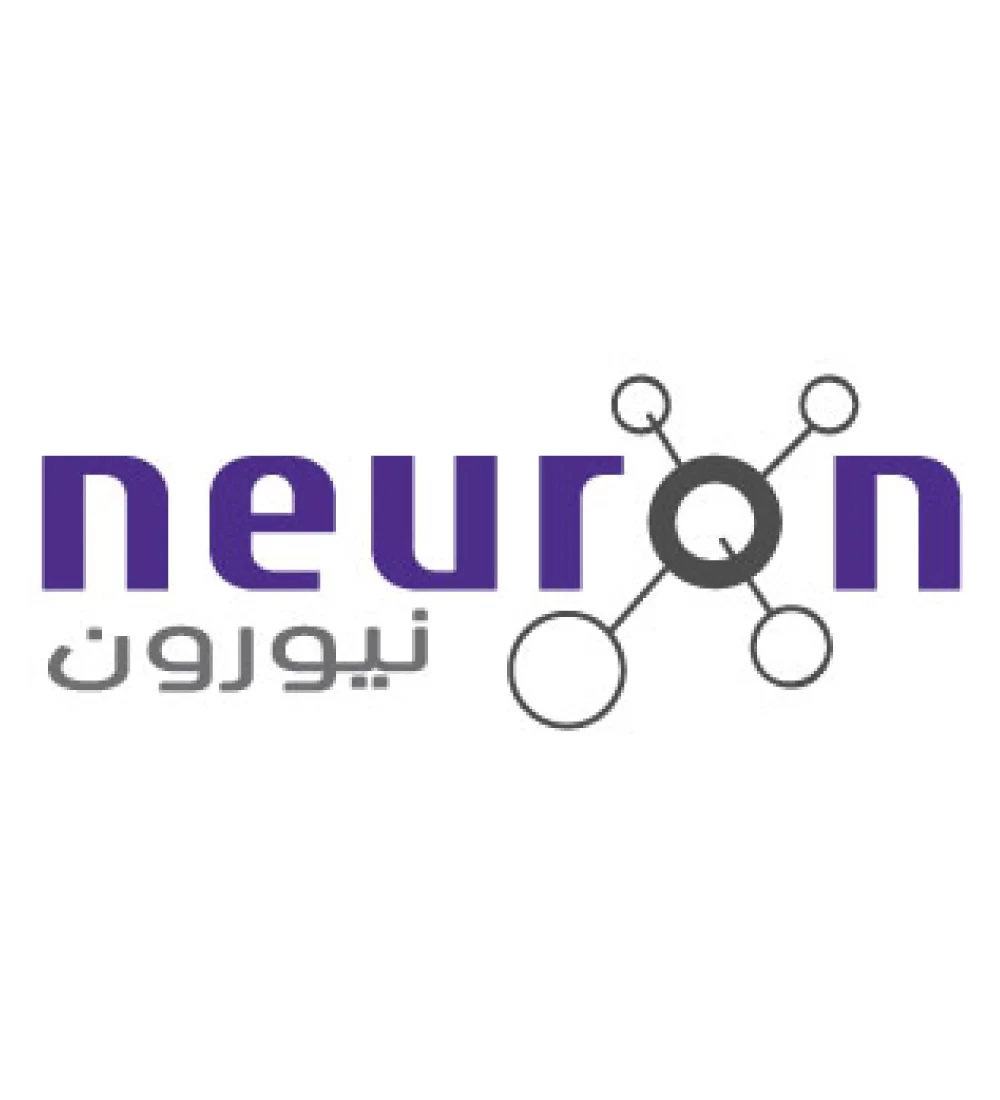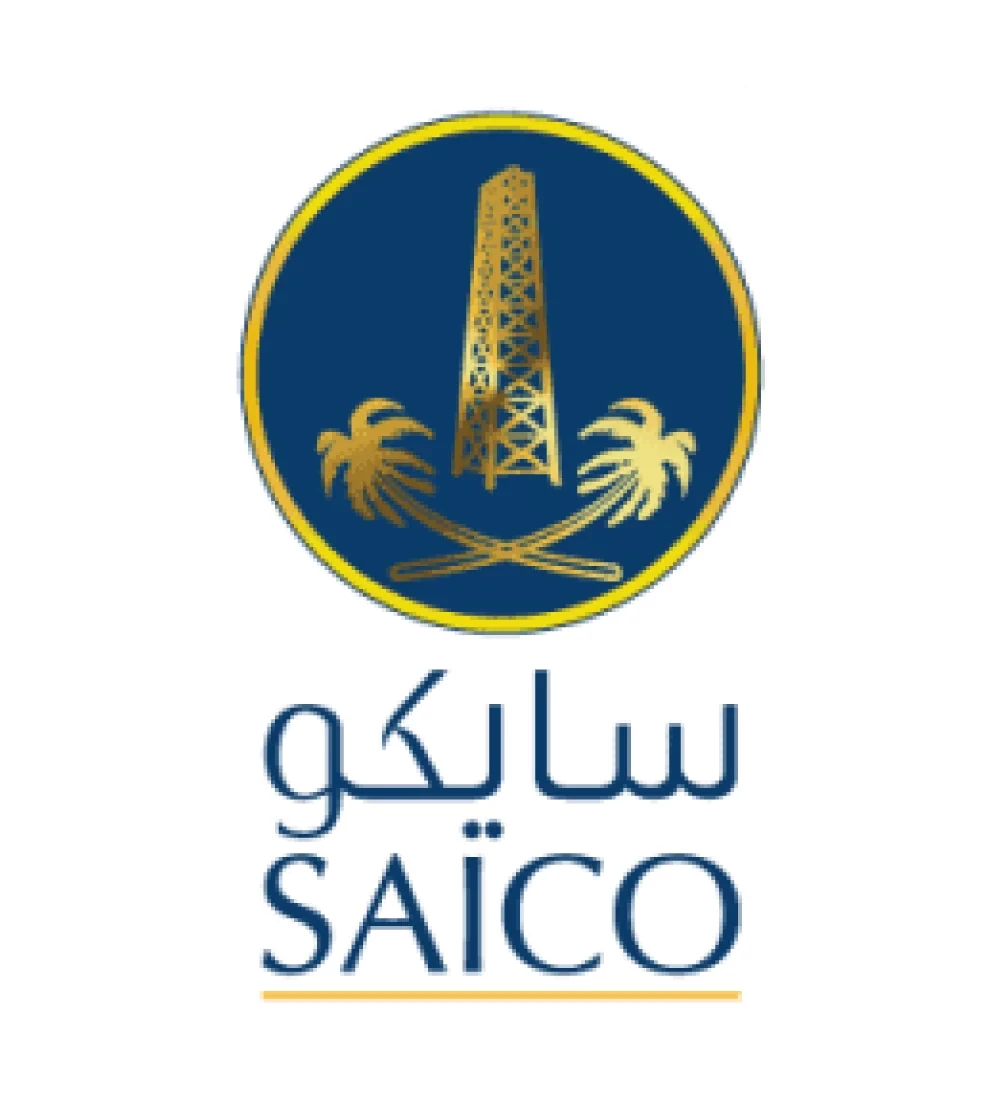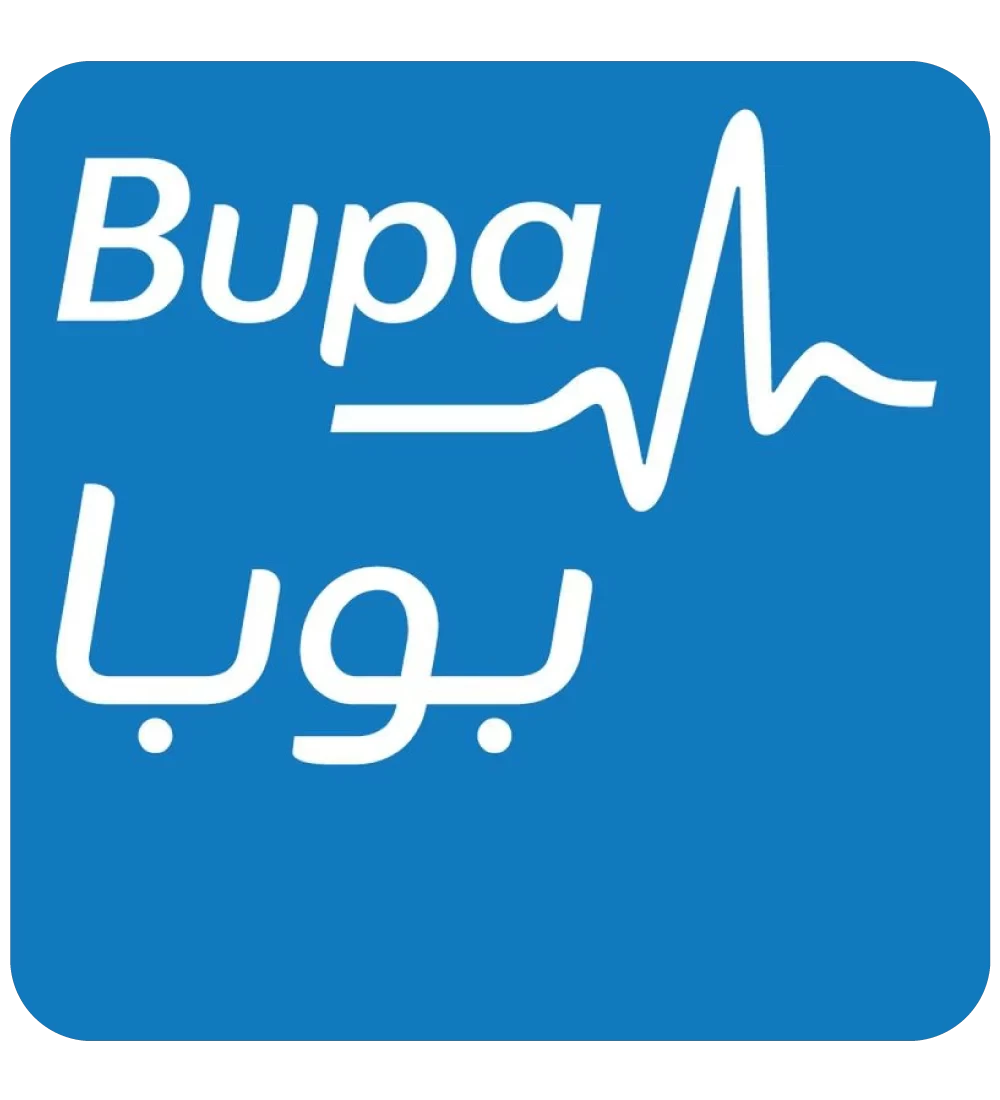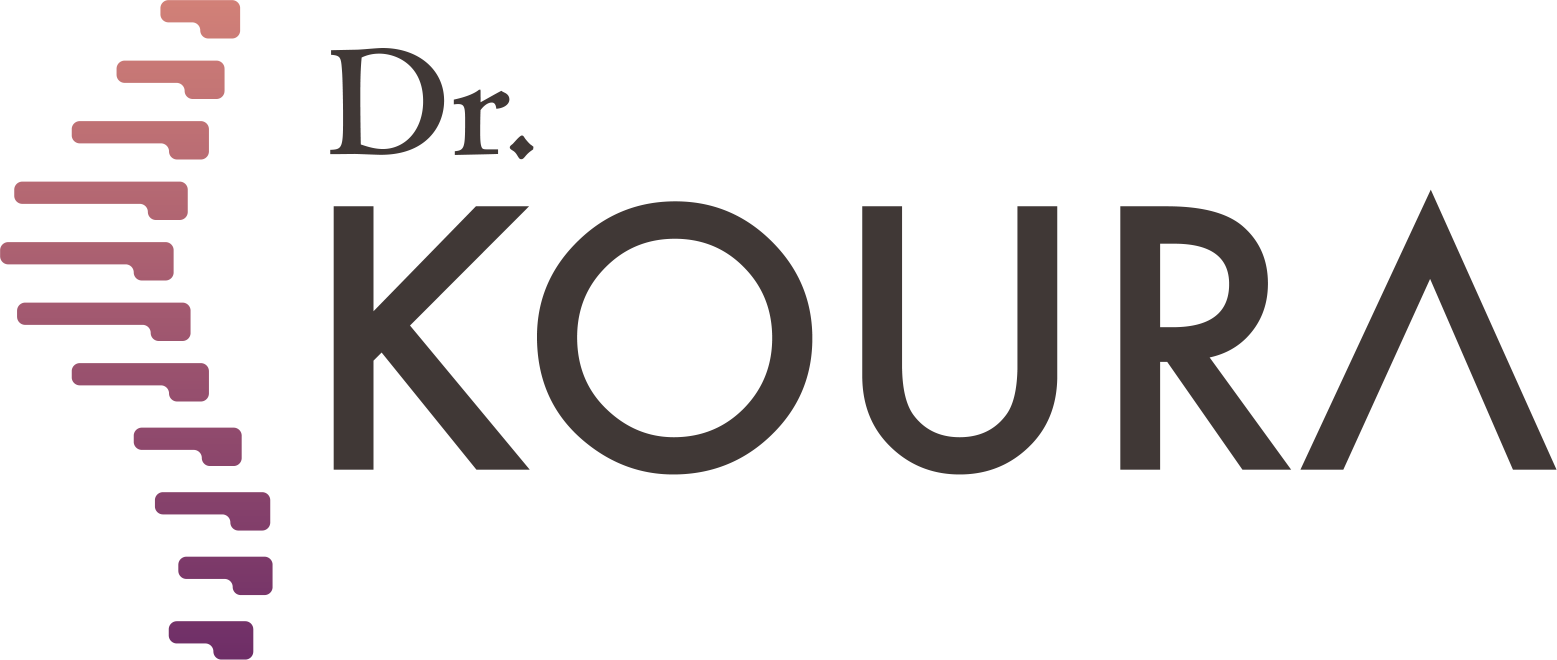
To see patients' reviews
Click hereSpinal treatment methods


Spine Treatment: Advanced Non-Surgical Approaches by Dr. Mohamed Koura
Spine treatment is a cutting-edge medical approach aimed at relieving pain and improving spinal function through precise and advanced techniques. Dr. Mohamed Koura, the best spine treatment specialist, uses the latest non-surgical technologies to effectively address spinal problems, eliminating pain without the need for surgery in most cases.
Can the Spine Be Treated Without Surgery?
Given the prevalence of spinal injuries worldwide, this is a topic of interest for many. What causes spinal conditions, and can they be treated without surgical intervention? If so, are non-surgical treatments highly effective?
Non-Surgical Spine Treatment
Many people assume that surgery is the only solution for herniated discs and back pain, but this is a misconception. In reality, the spine can be treated without surgery using pain relievers or physical therapy, improving the condition with specific exercises. Modern, minimally invasive interventions, such as nerve injections or radiofrequency pain treatments, also offer effective solutions.
Treating Spinal Pain with Radiofrequency Therapy
Radiofrequency therapy is a modern technique involving devices that emit high-frequency waves to treat nerve inflammation and eliminate chronic pain, such as:
- Spinal pain relief
- Symptoms of sciatica
- Relief of neck and joint pain
- Treatment of headache pain
Radiofrequency devices work by delivering electromagnetic frequencies through ultra-thin needles to irritated nerves, calming pain signals. The exact pain site is precisely located during the procedure, enabling the doctor to direct the radiofrequency waves to the affected nerve roots. This procedure is typically performed under local anesthesia rather than general anesthesia.
Before undergoing radiofrequency treatment, a blood flow test must show normal results. After the injection, patients are discharged within a few hours and are advised not to take painkillers post-treatment to ensure its success.
Results of Spine Treatment Using Radiofrequency Therapy
Patients typically experience real improvement about two weeks after treatment. During this period, patients may oscillate between feeling better and experiencing pain, which is normal and should not be alarming. Resting at home and avoiding heavy lifting significantly increases the chances of faster and more effective recovery.
Spine Treatment with Injections
This method involves using a thin needle to inject pain relievers and anti-inflammatory medications (such as cortisone) directly near the nerves causing the pain instead of taking them orally. This allows the medications to work more powerfully and quickly. Non-surgical spine treatments have a high success rate and effectively alleviate back pain without exposing patients to surgical risks like infection or bleeding.
Preventing Spinal Pain
Human movement depends on joints and bones, particularly the spine, so maintaining their health is crucial for improving quality of life and performing daily activities pain-free.
- Stay active and exercise regularly to strengthen muscles.
- Maintain a healthy weight to prevent excessive pressure on the spine and joints.
- Avoid lifting heavy objects incorrectly.
- Ensure proper sitting posture, especially when working at a desk, by adjusting the chair height to align with the desk.
- Quitting smoking is essential for maintaining bone health and preventing weakness or osteoporosis.
In conclusion, with advancements in non-surgical spine treatment techniques, there's no need to worry. At Dr. Mohamed Koura's center, we provide effective, non-invasive solutions for chronic pain. To make the right treatment decision, visit the center for a quick diagnosis and appropriate care to eliminate spinal pain and its associated discomfort.
Dr. Mohamed Koura is here to assist you using the latest therapeutic techniques, including thermal radiofrequency and laser treatments for spinal pain without surgery—book your appointment now from here.
Why Choose Dr. Mohamed Koura ?
Simply because he is the best doctor in his feild. He stays updated on the latest treatment technologies through his participation in various international conferences with leading foreign doctors and experts. Finally, and most importantly, Dr. Mohamed Koura is the best doctor in Egypt and the Arab world, possessing 12 non-surgical techniques for treating spinal and joint problems. He was the first to introduce modern interventional treatment techniques in Egypt & the Middle East and is the only one using the disc fx technique to treat spinal pain.
To see patients' reviews
Click hereCertainly not, some cases must be treated surgically, and the most appropriate technique for the patient is determined through a medical examination and the presence of imaging studies.
No, it is necessary to make a reservation through a phone call or social media messages.
There are no risks or side effects associated with non-surgical pain interventions.
The patient needs only 3 to 4 days before they can travel comfortably, and the hospital stay does not exceed 6 to 8 hours.
A condition cannot be accurately assessed and a proper medical diagnosis made without a medical examination and recent imaging studies.
Yes, there are several payment methods available through Visa or electronic wallets by making a reservation on our website.
Certainly, obesity is one of the causes of knee osteoarthritis.
Radiofrequency activates the nerve and does not cause any damage to it.
Non-surgical interventions are a definitive treatment for some cases and pain relievers for other cases, which is determined by the doctor through a medical examination.
If the herniated disc is fully treated, there is a possibility of it reoccurring in some cases, such as not following the doctor's prescribed instructions after the intervention, experiencing an accident, or making a sudden wrong movement like lifting heavy objects.
The entire disc is not removed due to the presence of several risks and it may exacerbate the condition. Only the protruding part that causes pain is removed.
This cannot be done with radiofrequency, but it is performed through other techniques that Dr. Koura conducts.
The success or failure of non-surgical interventions cannot be judged through radiographic imaging because these procedures involve making subtle changes to critical parts to address the issue. Consequently, they do not produce significant changes to avoid potential complications in the future or damage to the spine and joints, which is our primary goal.
Spinal stenosis does not typically cause sciatica. In most cases, disc herniation is what may lead to sciatica. This does not necessarily mean that a patient with sciatica will also have spinal stenosis.
Sciatica may return if the patient does not adhere to the medical instructions provided by the doctor or in the event of an unexpected accident.
A life without pain without surgery
Once you book with Dr. Koura
Get rid of pain with just one call.. Book your appointment now with pain Management consultant Dr. Koura.
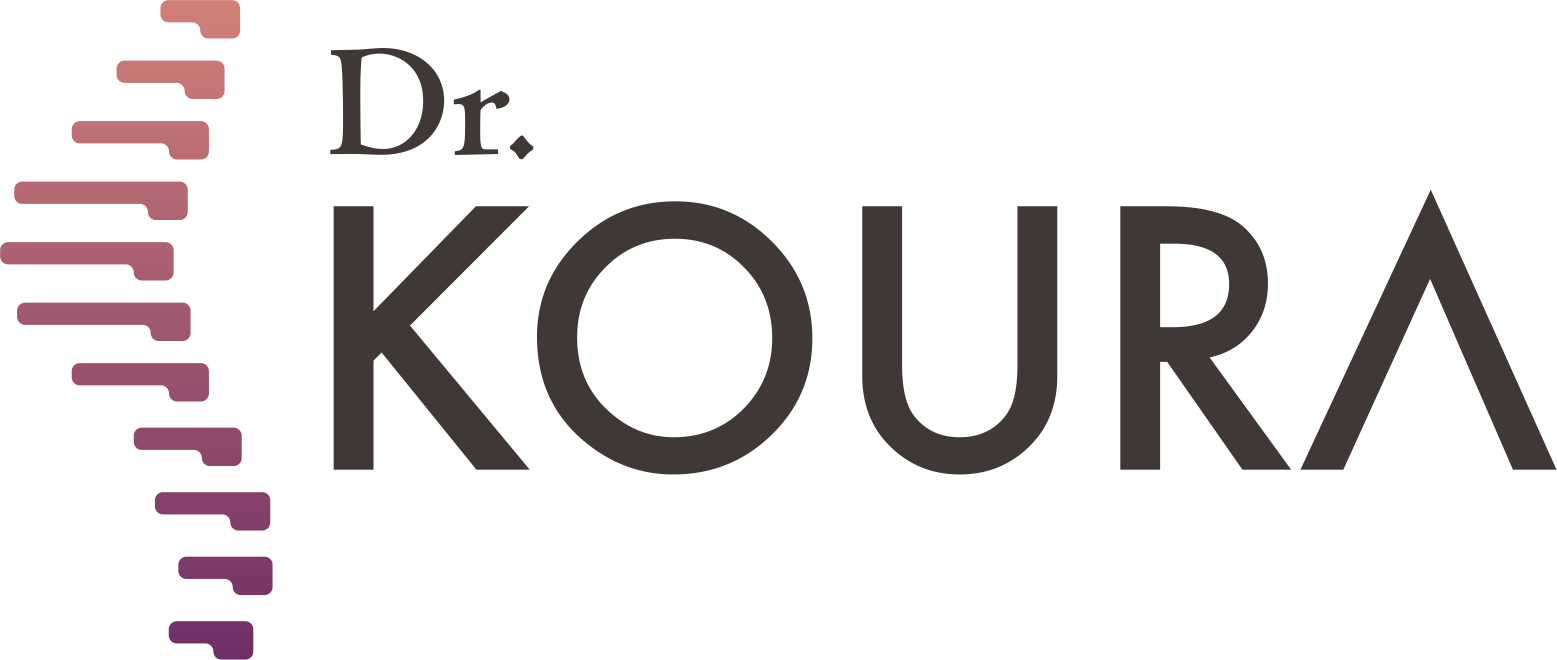





-webp.webp)




-webp.webp)







